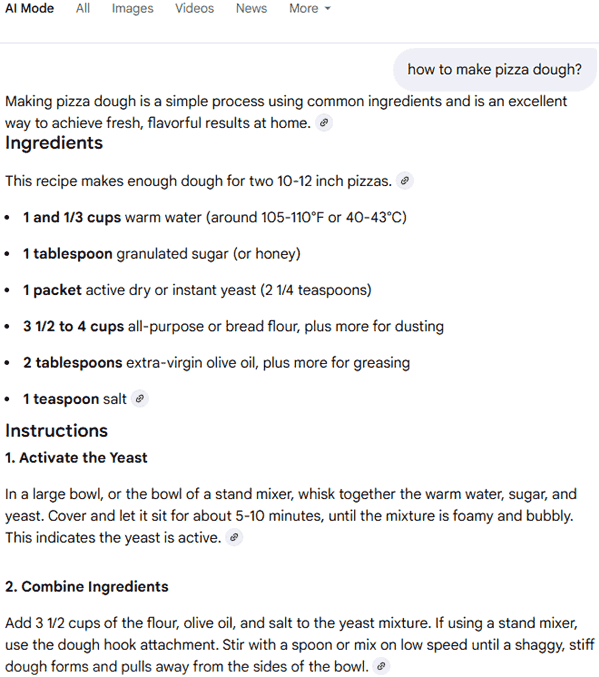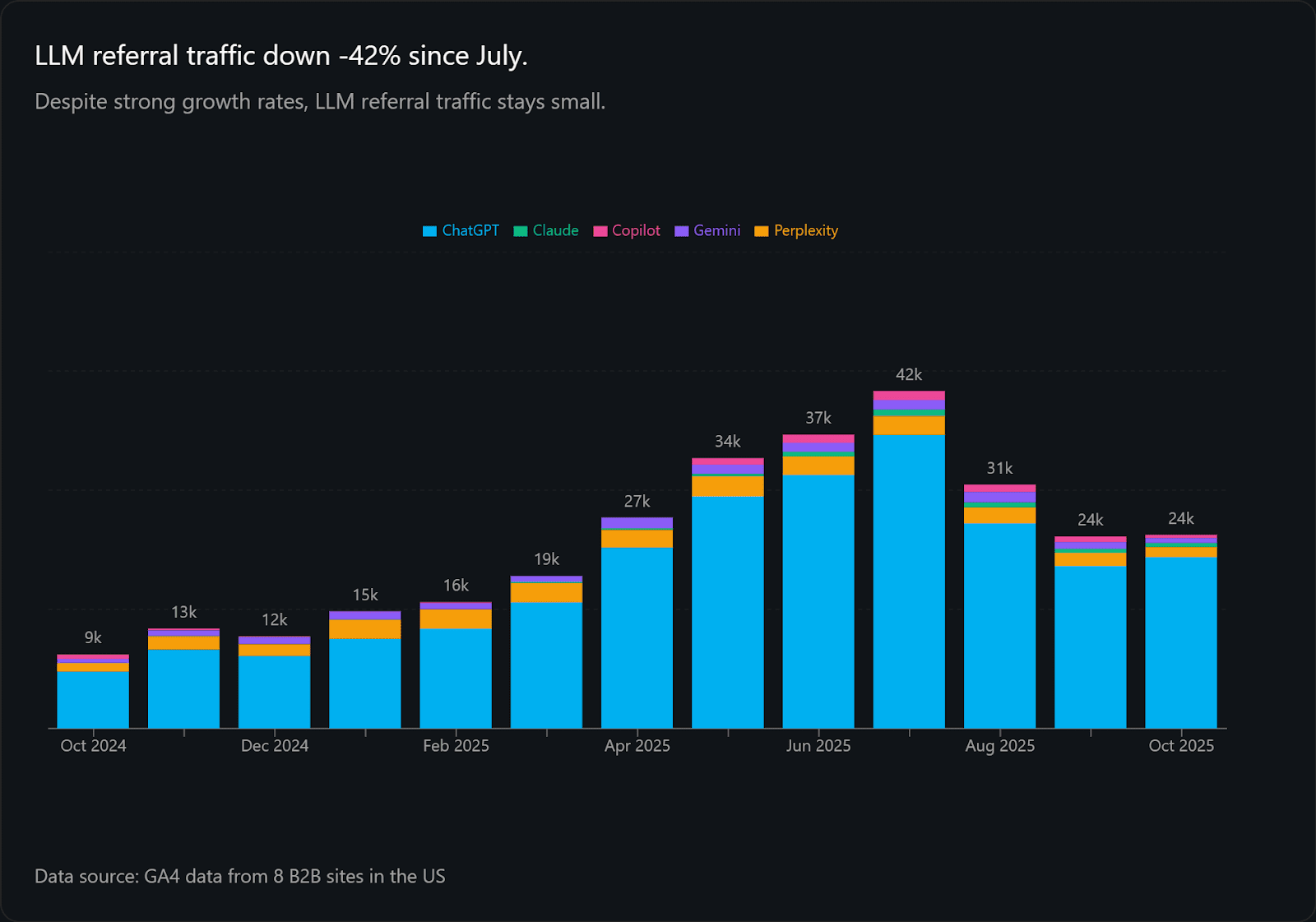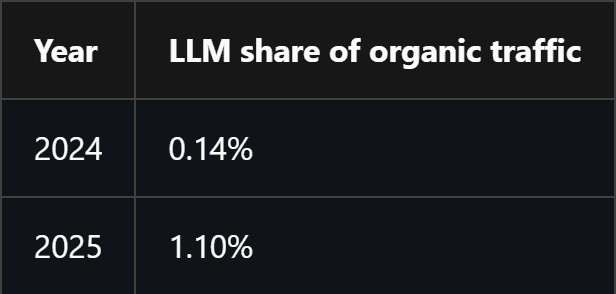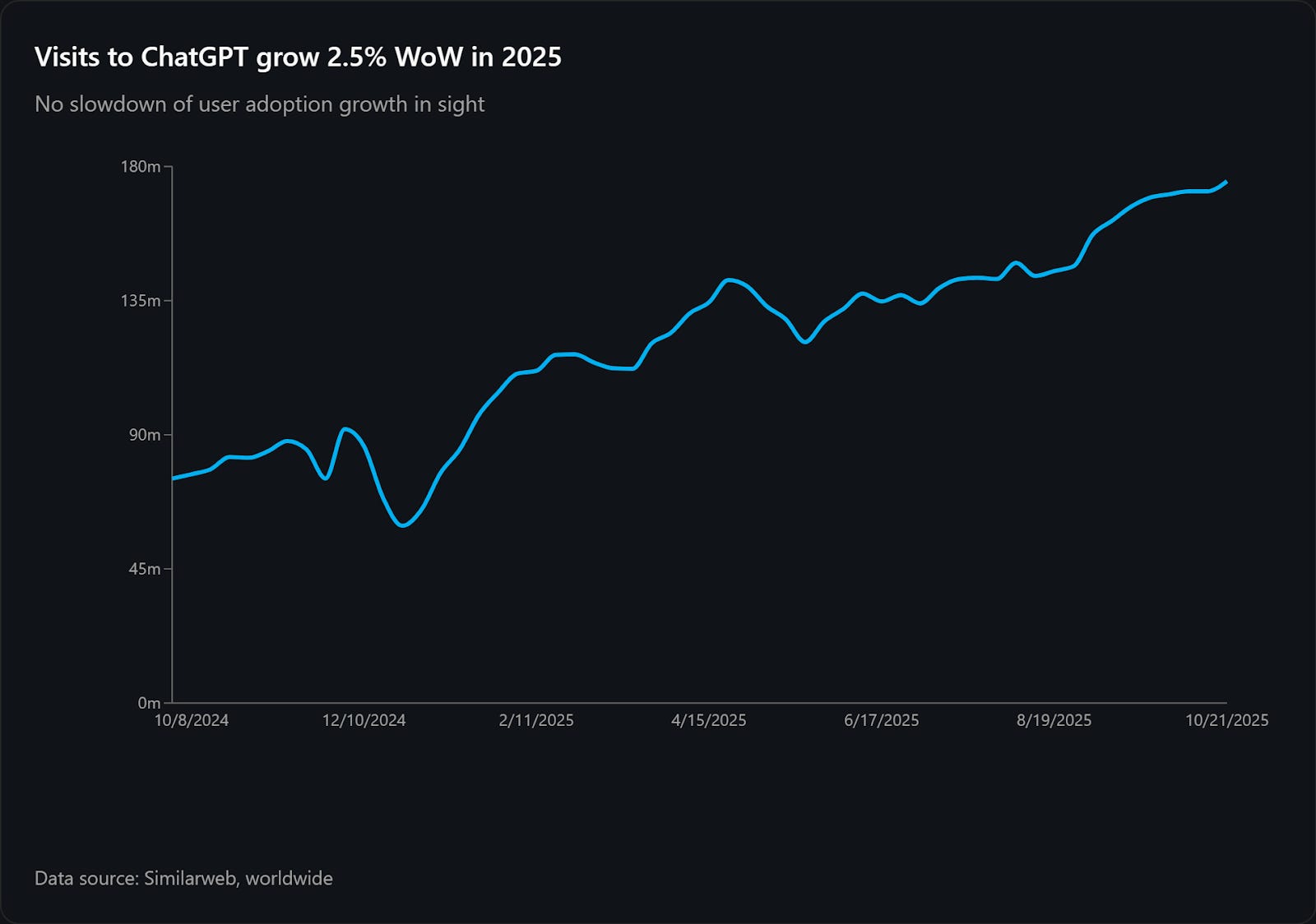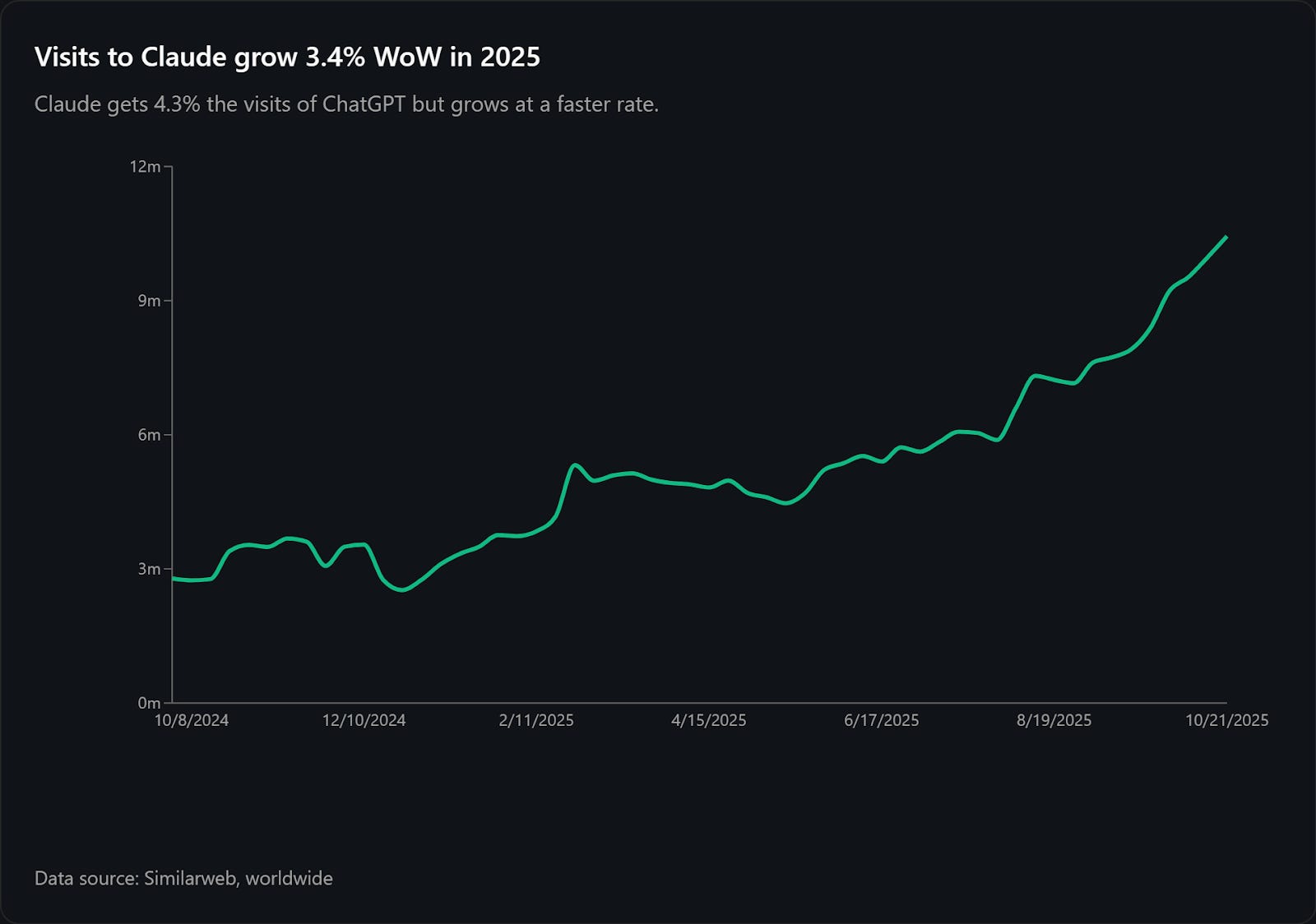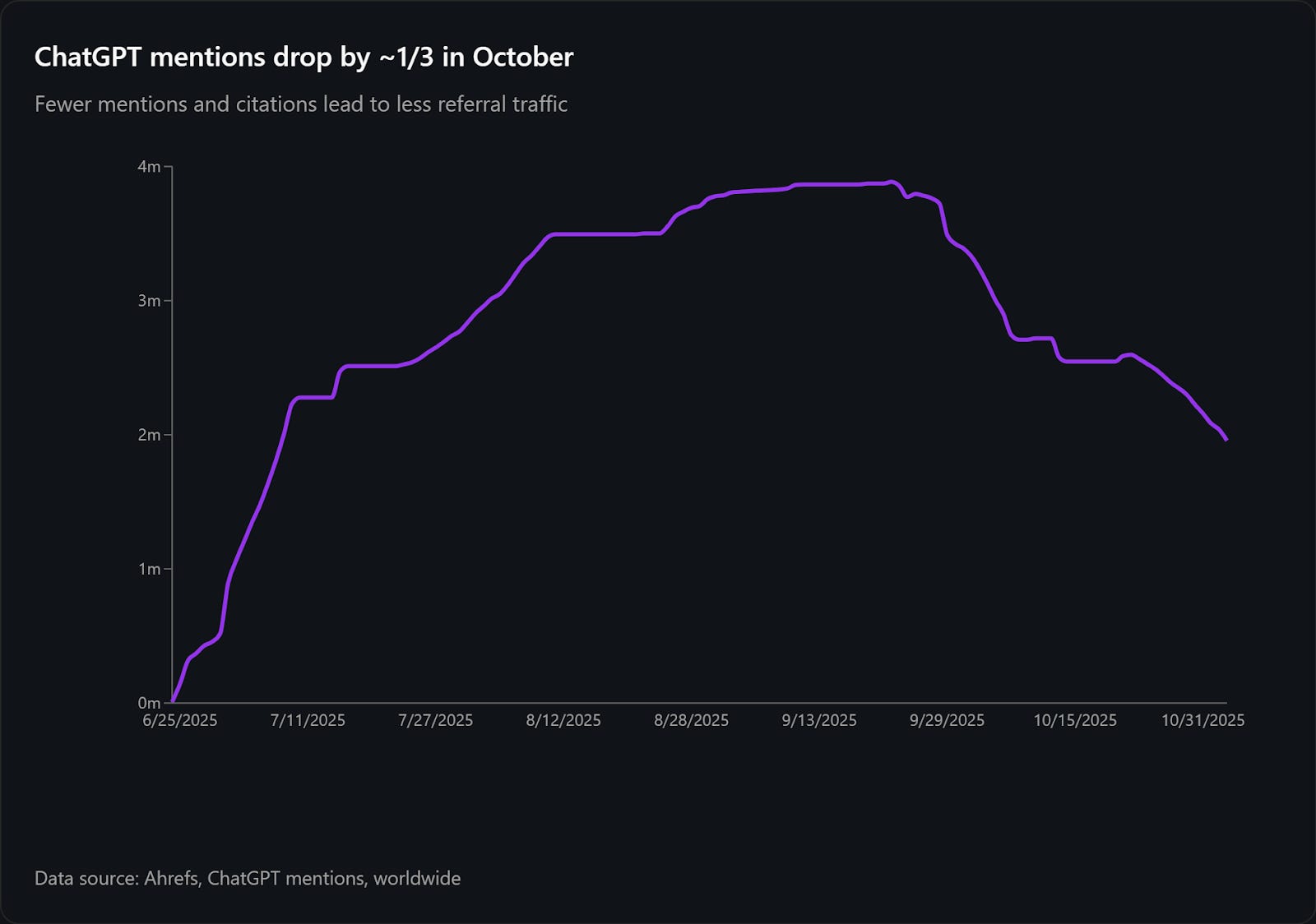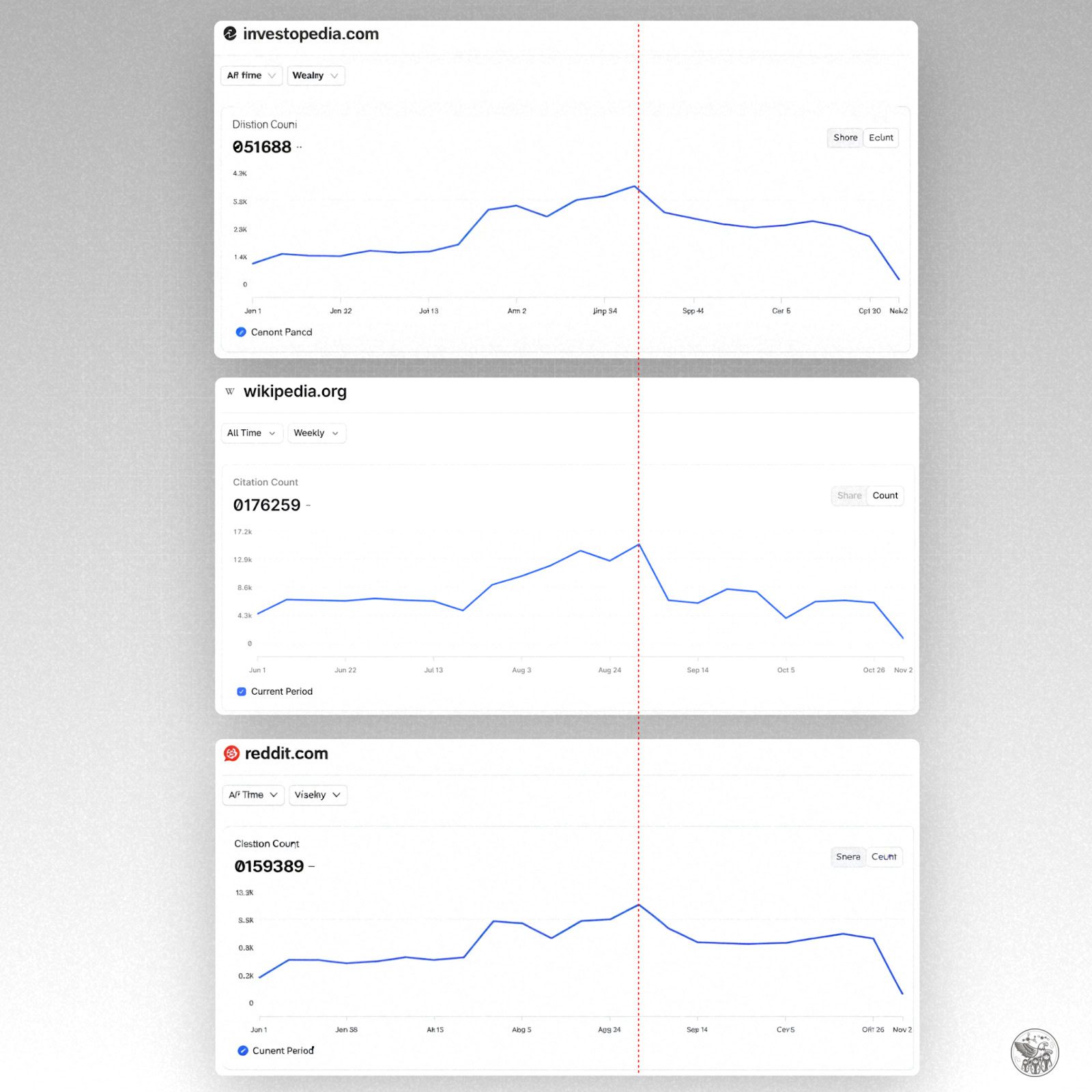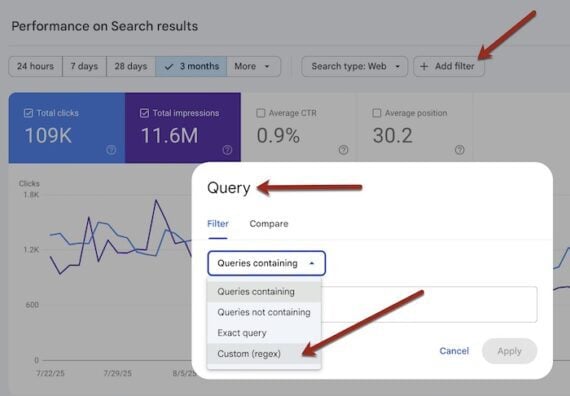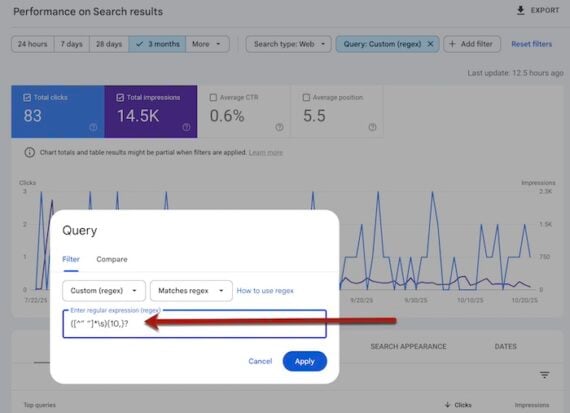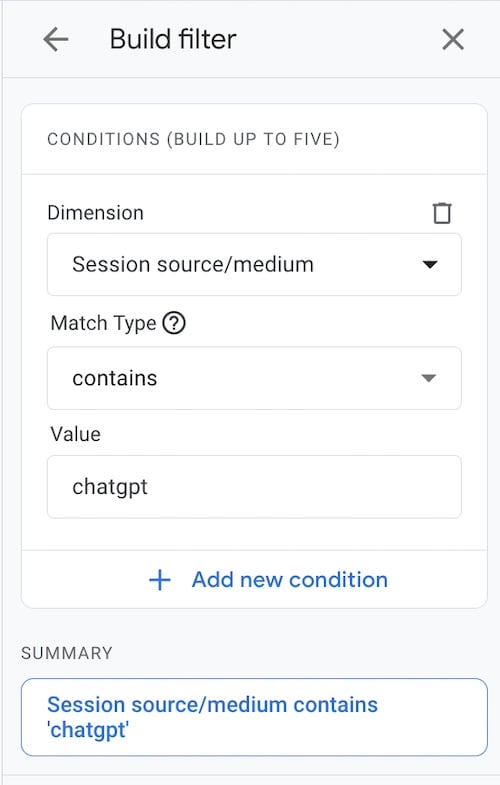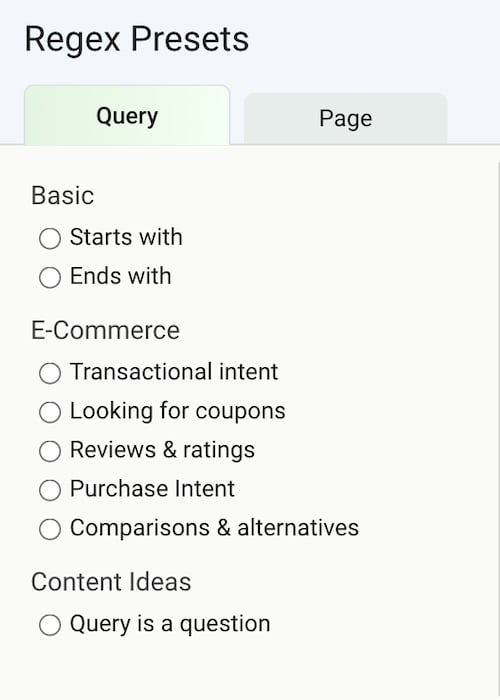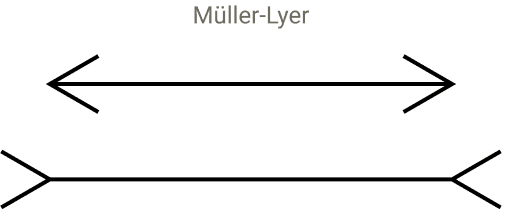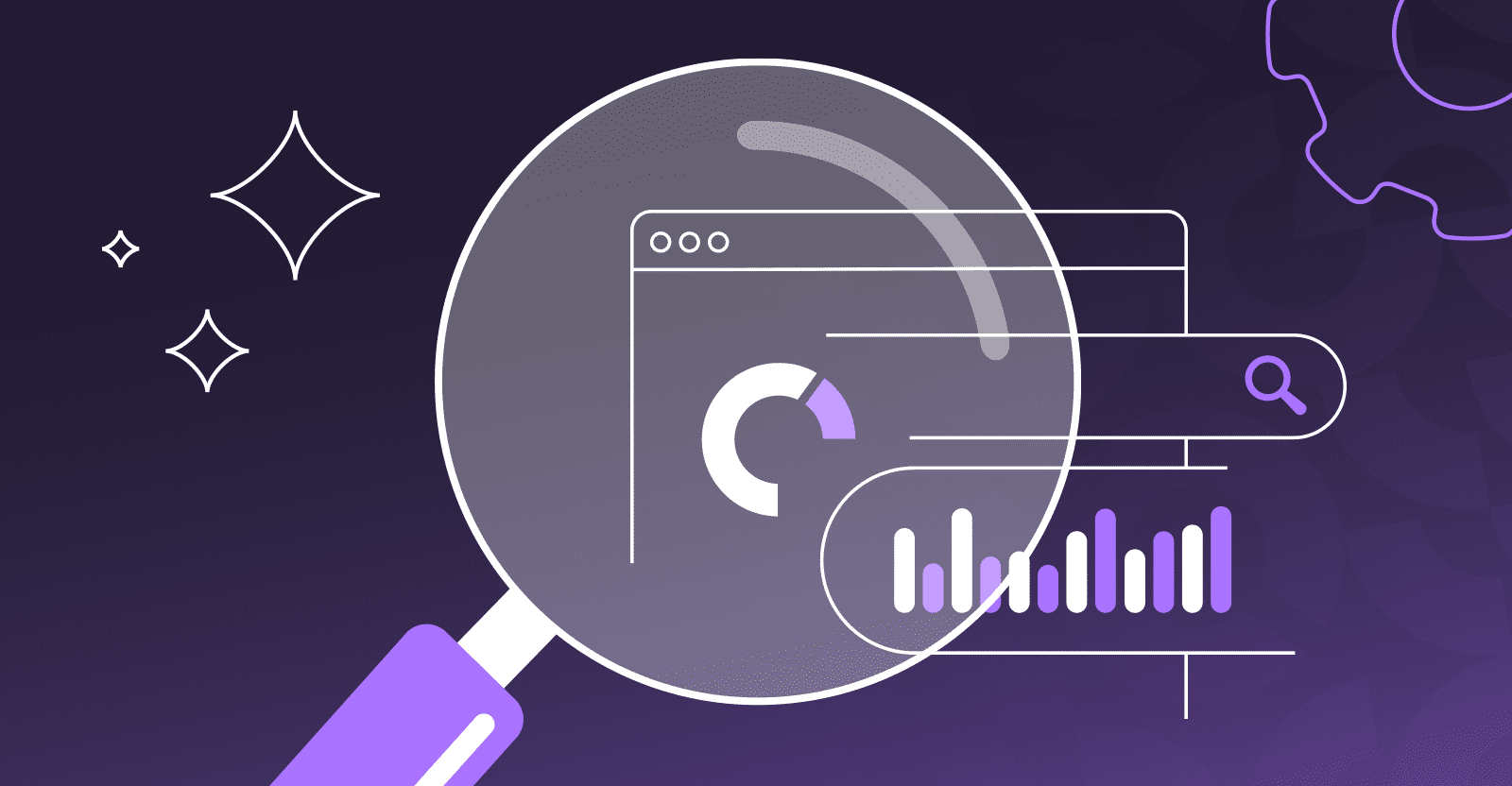The New Optimization Stack: Where SEO Meets AI Retrieval via @sejournal, @DuaneForrester
Search isn’t ending. It’s evolving.
Across the industry, the systems powering discovery are diverging. Traditional search runs on algorithms designed to crawl, index, and rank the web. AI-driven systems like Perplexity, Gemini, and ChatGPT interpret it through models that retrieve, reason, and respond. That quiet shift (from ranking pages to reasoning with content) is what’s breaking the optimization stack apart.
What we’ve built over the last 20 years still matters: clean architecture, internal linking, crawlable content, structured data. That’s the foundation. But the layers above it are now forming their own gravity. Retrieval engines, reasoning models, and AI answer systems are interpreting information differently, each through its own set of learned weights and contextual rules.
Think of it like moving from high school to university. You don’t skip ahead. You build on what you’ve already learned. The fundamentals (crawlability, schema, speed) still count. They just don’t get you the whole grade anymore. The next level of visibility happens higher up the stack, where AI systems decide what to retrieve, how to reason about it, and whether to include you in their final response. That’s where the real shift is happening.
Traditional search isn’t falling off a cliff, but if you’re only optimizing for blue links, you’re missing where discovery is expanding. We’re in a hybrid era now, where old signals and new systems overlap. Visibility isn’t just about being found; it’s about being understood by the models that decide what gets surfaced.
This is the start of the next chapter in optimization, and it’s not really a revolution. It’s more of a progression. The web we built for humans is being reinterpreted for machines, and that means the work is changing. Slowly, but unmistakably.
 Image Credit: Duane Forrester
Image Credit: Duane ForresterAlgorithms Vs. Models: Why This Shift Matters
Traditional search was built on algorithms, sets of rules, linear systems that move step by step through logic or math until they reach a defined answer. You can think of them like a formula: Start at A, process through B, solve for X. Each input follows a predictable path, and if you run the same inputs again, you’ll get the same result. That’s how PageRank, crawl scheduling, and ranking formulas worked. Deterministic and measurable.
AI-driven discovery runs on models, which operate very differently. A model isn’t executing one equation; it’s balancing thousands or millions of weights across a multi-dimensional space. Each weight reflects the strength of a learned relationship between pieces of data. When a model “answers” something, it isn’t solving a single equation; it’s navigating a spatial landscape of probabilities to find the most likely outcome.
You can think of algorithms as linear problem-solving (moving from start to finish along a fixed path) while models perform spatial problem-solving, exploring many paths simultaneously. That’s why models don’t always produce identical results on repeated runs. Their reasoning is probabilistic, not deterministic.
The trade-offs are real:
- Algorithms are transparent, explainable, and reproducible, but rigid.
- Models are flexible, adaptive, and creative, but opaque and prone to drift.
An algorithm decides what to rank. A model decides what to mean.
It’s also important to note that models are built on layers of algorithms, but once trained, their behavior becomes emergent. They infer rather than execute. That’s the fundamental leap and why optimization itself now spans multiple systems.
Algorithms governed a single ranking system. Models now govern multiple interpretation systems (retrieval, reasoning, and response), each trained differently, each deciding relevance in its own way.
So, when someone says, “the AI changed its algorithm,” they’re missing the real story. It didn’t tweak a formula. It evolved its internal understanding of the world.
Layer One: Crawl And Index, Still The Gatekeeper
You’re still in high school, and doing the work well still matters. The foundations of crawlability and indexing haven’t gone away. They’re the prerequisites for everything that comes next.
According to Google, search happens in three stages: crawling, indexing, and serving. If a page isn’t reachable or indexable, it never even enters the system.
That means your URL structure, internal links, robots.txt, site speed, and structured data still count. One SEO guide defines it this way: “Crawlability is when search bots discover web pages. Indexing is when search engines analyze and store the information collected during the crawling process.”
Get these mechanics right and you’re eligible for visibility, but eligibility isn’t the same as discovery at scale. The rest of the stack is where differentiation happens.
If you treat the fundamentals as optional or skip them for shiny AI-optimization tactics, you’re building on sand. The university of AI Discovery still expects you to have the high school diploma. Audit your site’s crawl access, index status, and canonical signals. Confirm that bots can reach your pages, that no-index traps aren’t blocking important content, and that your structured data is readable.
Only once the base layer is solid should you lean into the next phases of vector retrieval, reasoning, and response-level optimization. Otherwise, you’re optimizing blind.
Layer Two: Vector And Retrieval, Where Meaning Lives
Now you’ve graduated high school and you’re entering university. The rules are different. You’re no longer optimizing just for keywords or links. You’re optimizing for meaning, context, and machine-readable embeddings.
Vector search underpins this layer. It uses numeric representations of content so retrieval models can match items by semantic similarity, not just keyword overlap. Microsoft’s overview of vector search describes it as “a way to search using the meaning of data instead of exact terms.”
Modern retrieval research from Anthropic shows that by combining contextual embeddings and contextual BM25, the top-20-chunk retrieval failure rate dropped by approximately 49% (5.7 % → 2.9 %) when compared to traditional methods.
For SEOs, this means treating content as data chunks. Break long-form content into modular, well-defined segments with clear context and intent. Each chunk should represent one coherent idea or answerable entity. Structure your content so retrieval systems can embed and compare it efficiently.
Retrieval isn’t about being on page one anymore; it’s about being in the candidate set for reasoning. The modern stack relies on hybrid retrieval (BM25 + embeddings + reciprocal rank fusion), so your goal is to ensure the model can connect your chunks across both text relevance and meaning proximity.
You’re now building for discovery across retrieval systems, not just crawlers.
Layer Three: Reasoning, Where Authority Is Assigned
At university, you’re not memorizing facts anymore; you’re interpreting them. At this layer, retrieval has already happened, and a reasoning model decides what to do with what it found.
Reasoning models assess coherence, validity, relevance, and trust. Authority here means the machine can reason with your content and treat it as evidence. It’s not enough to have a page; you need a page a model can validate, cite, and incorporate.
That means verifiable claims, clean metadata, clear attribution, and consistent citations. You’re designing for machine trust. The model isn’t just reading your English; it’s reading your structure, your cross-references, your schema, and your consistency as proof signals.
Optimization at this layer is still developing, but the direction is clear. Get ahead by asking: How will a reasoning engine verify me? What signals am I sending to affirm I’m reliable?
Layer Four: Response, Where Visibility Becomes Attribution
Now you’re in senior year. What you’re judged on isn’t just what you know; it’s what you’re credited for. The response layer is where a model builds an answer and decides which sources to name, cite, or paraphrase.
In traditional SEO, you aimed to appear in results. In this layer, you aim to be the source of the answer. But you might not get the visible click. Your content may power an AI’s response without being cited.
Visibility now means inclusion in answer sets, not just ranking position. Influence means participation in the reasoning chain.
To win here, design your content for machine attribution. Use schema types that align with entities, reinforce author identity, and provide explicit citations. Data-rich, evidence-backed content gives models context they can reference and reuse.
You’re moving from rank me to use me. The shift: from page position to answer participation.
Layer Five: Reinforcement, The Feedback Loop That Teaches The Stack
University doesn’t stop at exams. You keep producing work, getting feedback, improving. The AI stack behaves the same way: Each layer feeds the next. Retrieval systems learn from user selections. Reasoning models update through reinforcement learning from human feedback (RLHF). Response systems evolve based on engagement and satisfaction signals.
In SEO terms, this is the new off-page optimization. Metrics like how often a chunk is retrieved, included in an answer, or upvoted inside an assistant feed back into visibility. That’s behavioral reinforcement.
Optimize for that loop. Make your content reusable, designed for engagement, and structured for recontextualization. The models learn from what performs. If you’re passive, you’ll vanish.
The Strategic Reframe
You’re not just optimizing a website anymore; you’re optimizing a stack. And you’re in a hybrid moment. The old system still works; the new one is growing. You don’t abandon one for the other. You build for both.
Here’s your checklist:
- Ensure crawl access, index status, and site health.
- Modularize content and optimize for retrieval.
- Structure for reasoning: schema, attribution, trust.
- Design for response: participation, reuse, modularity.
- Track feedback loops: retrieval counts, answer inclusion, engagement inside AI systems.
Think of this as your syllabus for the advanced course. You’ve done the high school work. Now you’re preparing for the university level. You might not know the full curriculum yet, but you know the discipline matters.
Forget the headlines declaring SEO over. It’s not ending, it’s advancing. The smart ones won’t panic; they’ll prepare. Visibility is changing shape, and you’re in the group defining what comes next.
You’ve got this.
More Resources:
This post was originally published on Duane Forrester Decodes.
Featured Image: SvetaZi/Shutterstock


